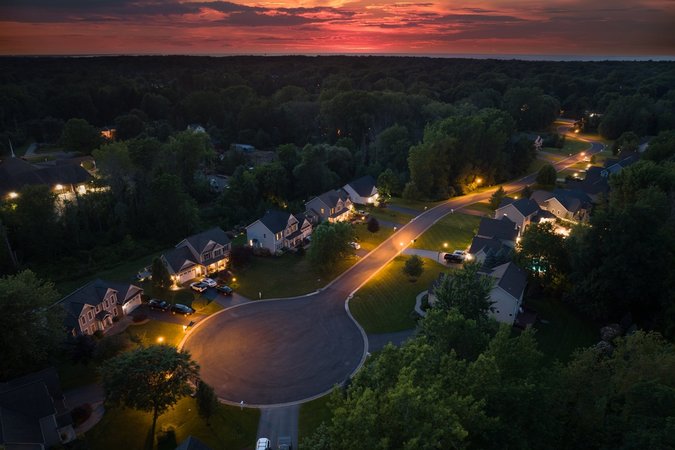Adding Solar: The Role of the National Environmental Policy Act in Solar Development
This working paper examines the National Environmental Policy Act (NEPA) and other federal permitting processes affecting utility-scale solar projects in the US Southwest.
Abstract
Decarbonizing the electric utility sector will require a substantial investment in renewable energy projects. The federal government has set the goal of reducing greenhouse gas emissions by half by 2030 and entirely by 2050. Investing in clean renewable energy is a vital part of realizing a goal of net zero-emissions. States have a key role in promoting the development of renewable energy facilities to replace fossil fuels in the electricity sector. They have established Renewable Portfolio Standards (RPSs) requiring that a certain percentage of electricity sold to customers must be from renewable sources; 31 states, Washington, DC, and three territories have adopted RPSs, and seven states and one territory have set renewable energy goals (Shields 2021). The time required to complete National Environmental Policy Act (NEPA) review of major infrastructure projects—including for renewable energy—has been a key concern in recent years. The recently enacted Fiscal Responsibility Act of 2023 (FRA) included a permitting reform provision that codified presumptive deadlines for completing NEPA reviews. At the end of July, CEQ issued a proposed NEPA rule implementing the FRA provisions.
This case study examines the federal permitting processes affecting siting and construction of utility-scale solar projects to identify the possible barriers associated with achieving federal and state renewable energy goals. The Western Solar Plan defines utility-scale solar as having a nameplate capacity of 20 or more megawatts (MW). We used the 20 MW threshold to identify major utility-scale projects. We assembled a sample of 46 utility-scale solar projects completing NEPA review for 2005–2021. We believe this sample covers most—if not all—of the solar projects completing NEPA review over this period.
We find that most of these projects completed formal NEPA review within two years. However, many of them required 8–10 years from filing an initial application to reach operational status. The delay in taking these projects from initial application to full operation often occurred before (in a prequel stage) and/or after formal NEPA review. Resolving potential NEPA issues before formal review has likely contributed to delays in the early prequel stage. We also examine the efforts of the Bureau of Land Management (BLM) to expedite review and find that a major BLM initiative—the Western Solar Plan launched in 2012—has yielded a disappointing record over its first 10 years.
Section I provides background information on utility-scale solar facilities. Section II describes the NEPA process and associated reviews (Fish and Wildlife Service (FWS), US Army Corps of Engineers (USACE), etc.). Section III presents summary info on the projects that went through NEPA reviews and shows that many of the operational projects took 8–10 years (as of the end of 2021) from the initial application to reach operational status; Section IV outlines BLM’s actions, including the Western Solar Plan, to expedite its review process for siting solar projects on public lands.
Authors

Andre Bellefontaine
Louisiana State University

Lindsay Rich Steinmetz
Louisiana State University

Valkyrie Buffa
Louisiana State University

David Storment
Louisiana State University




